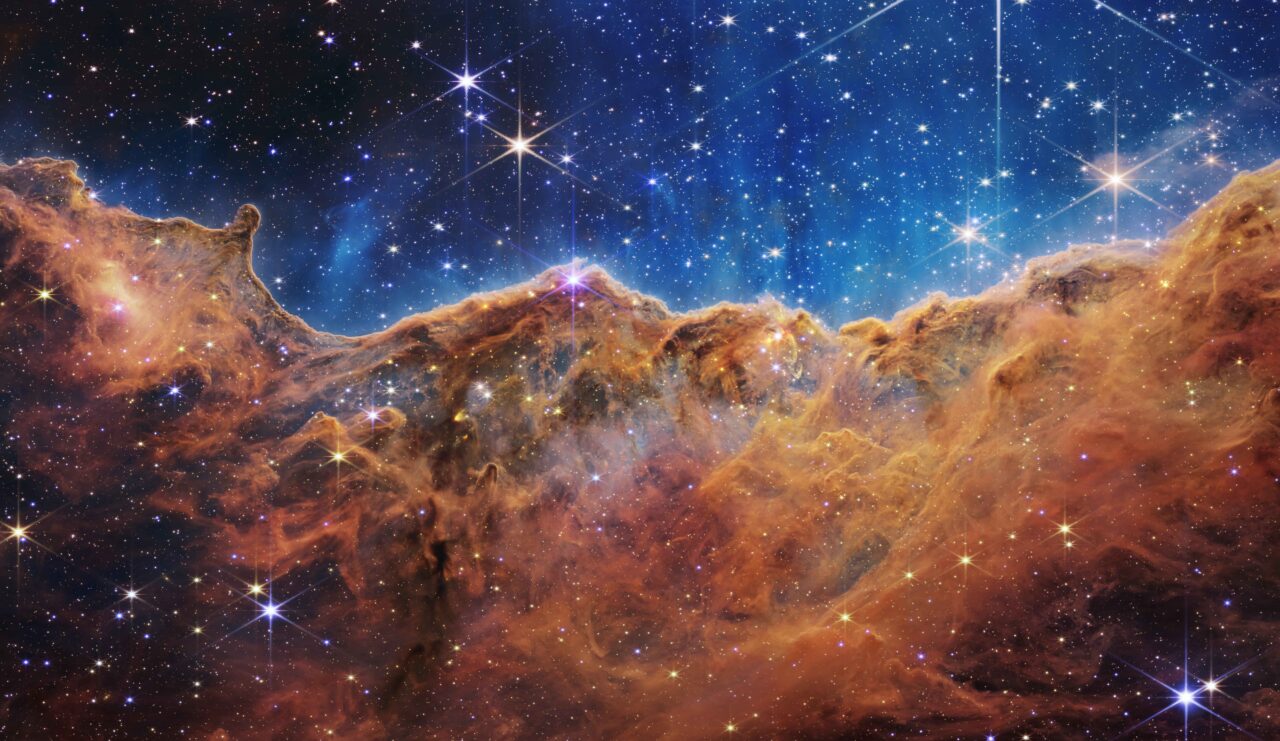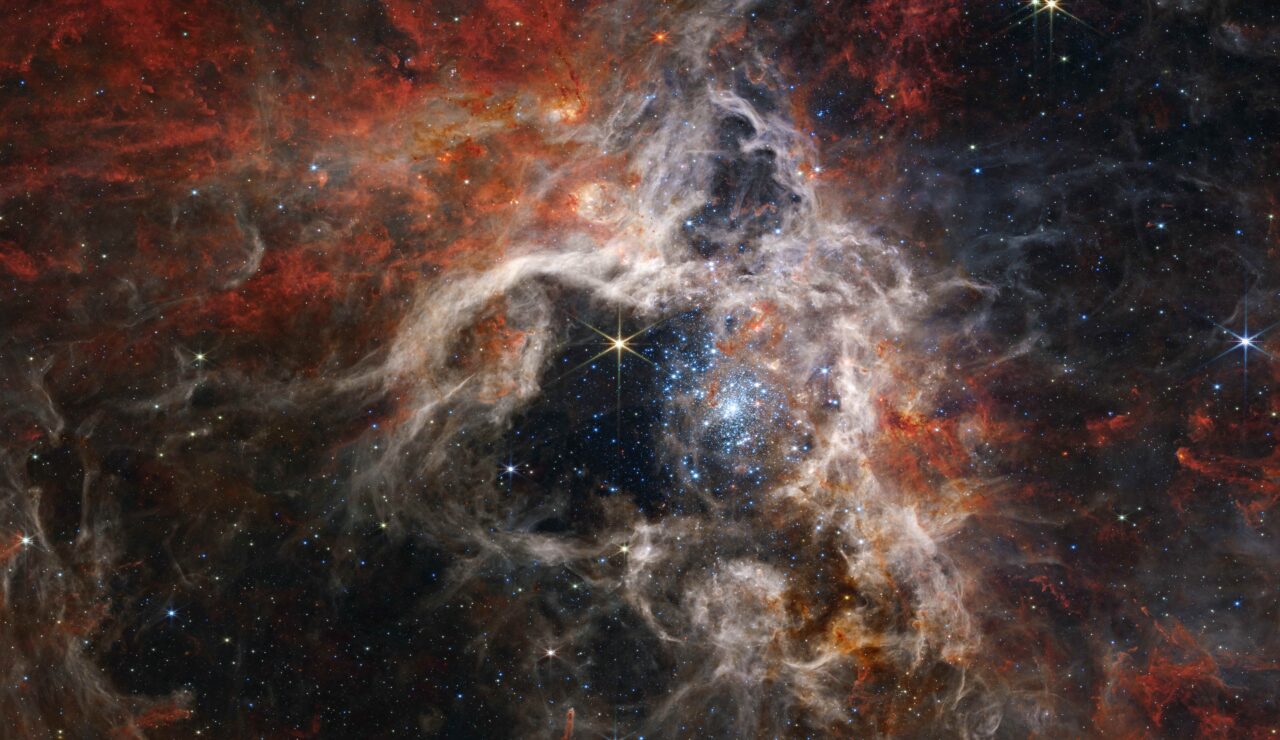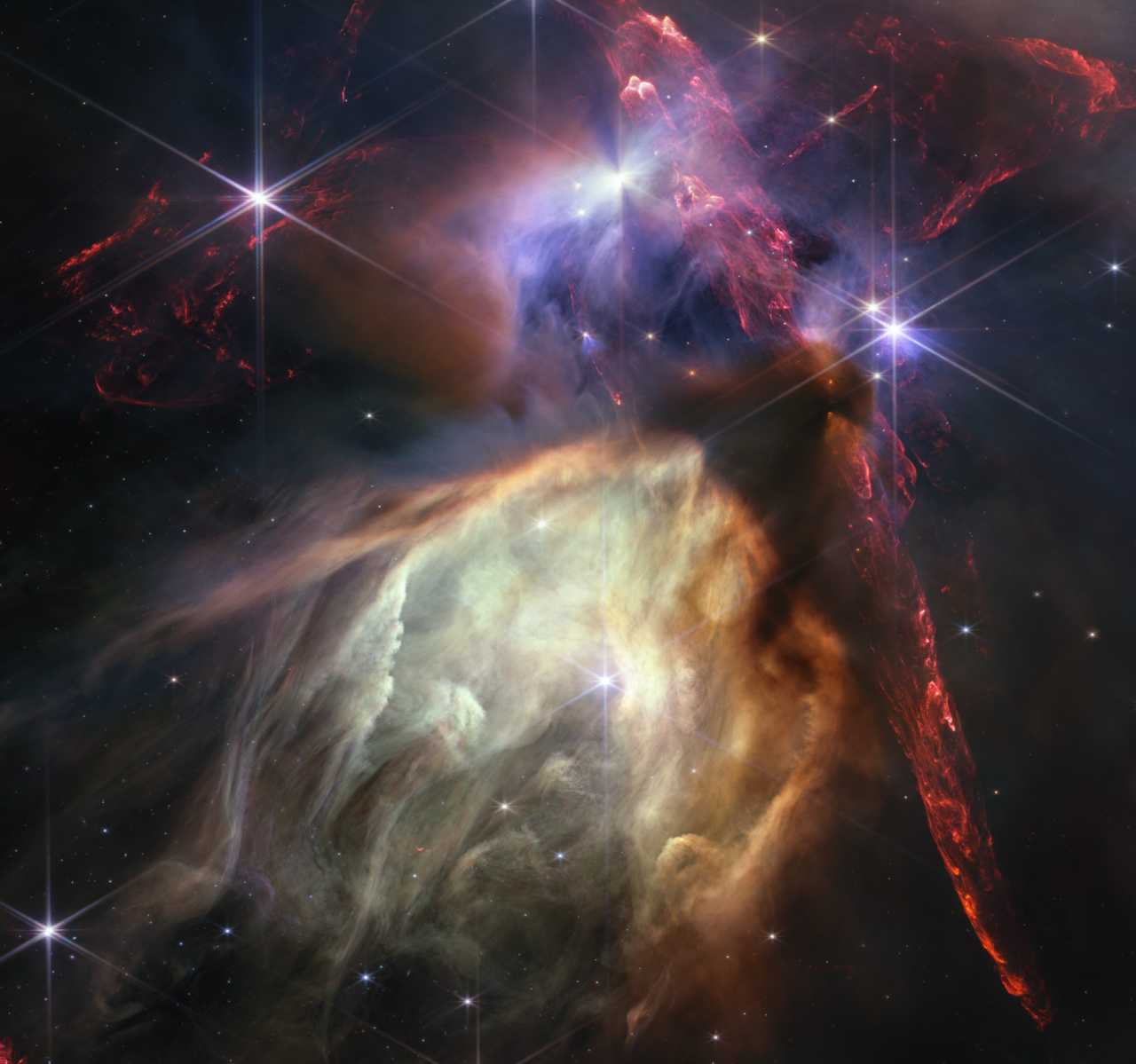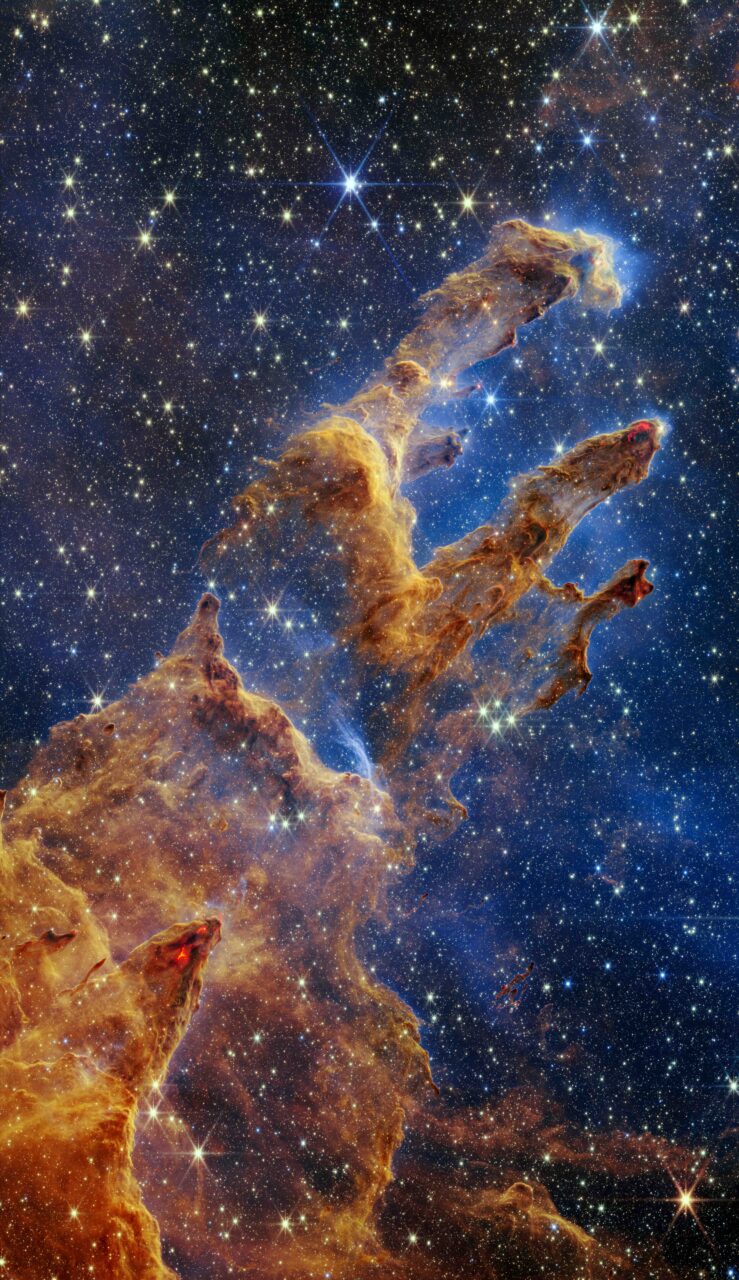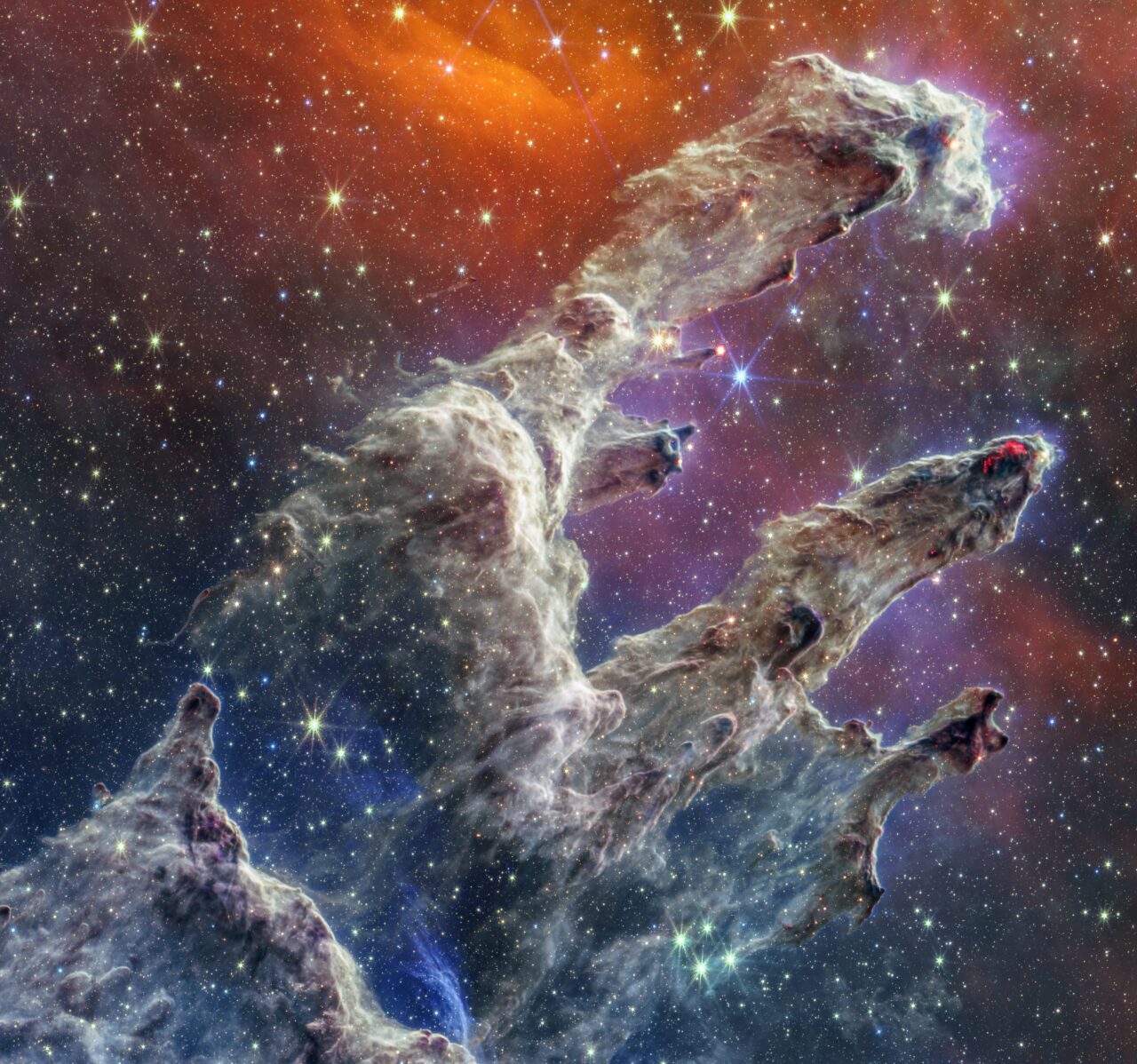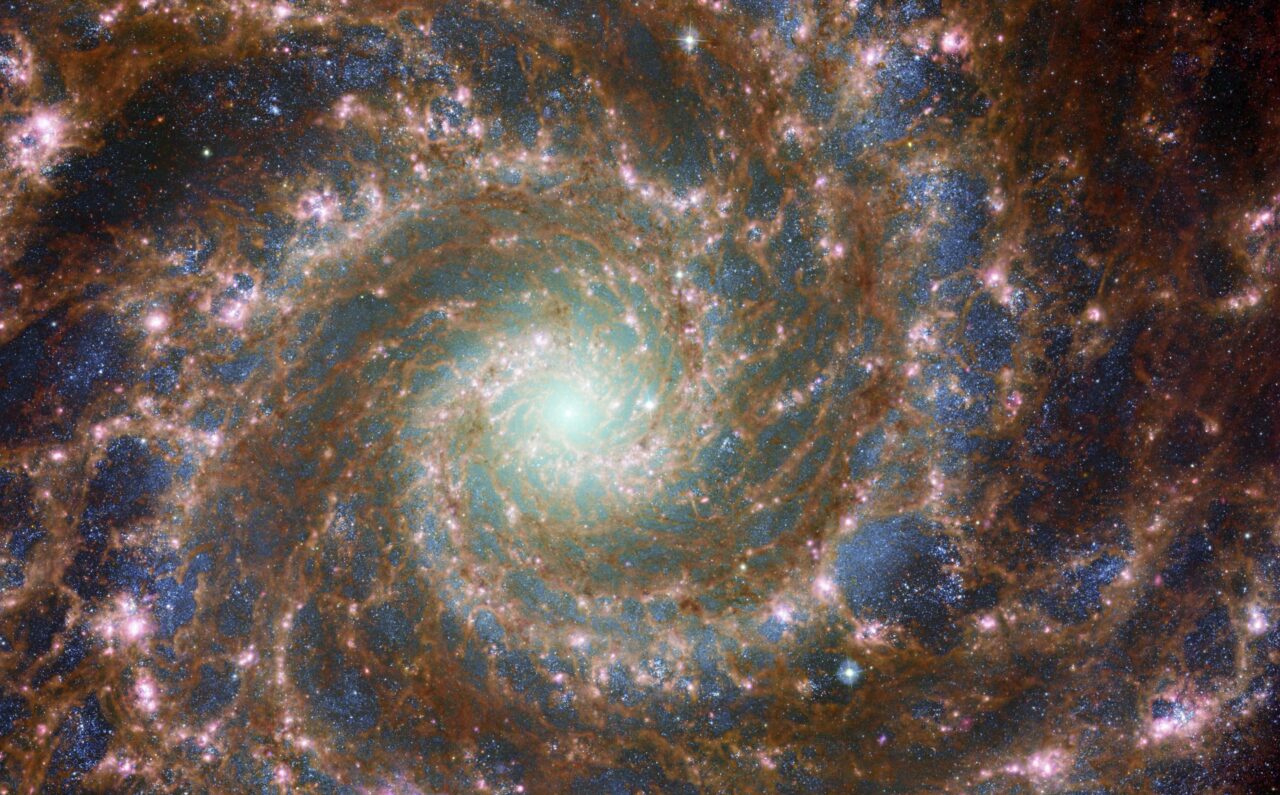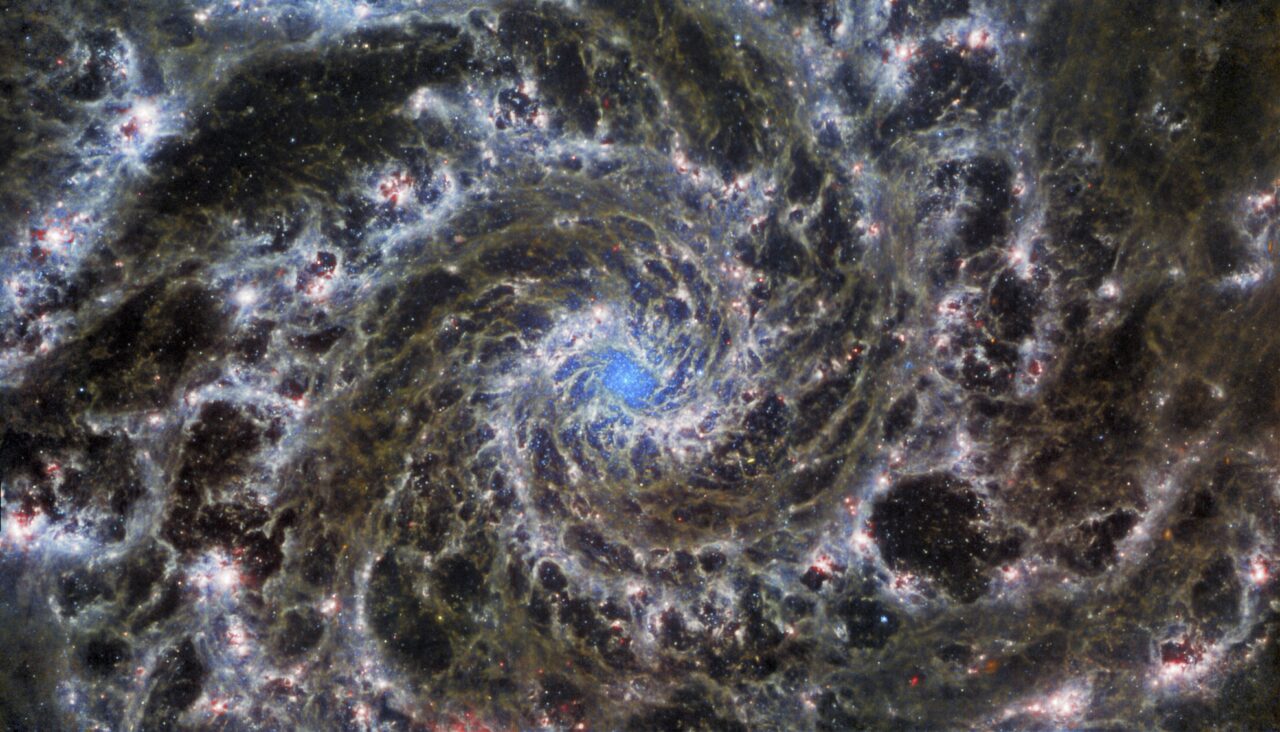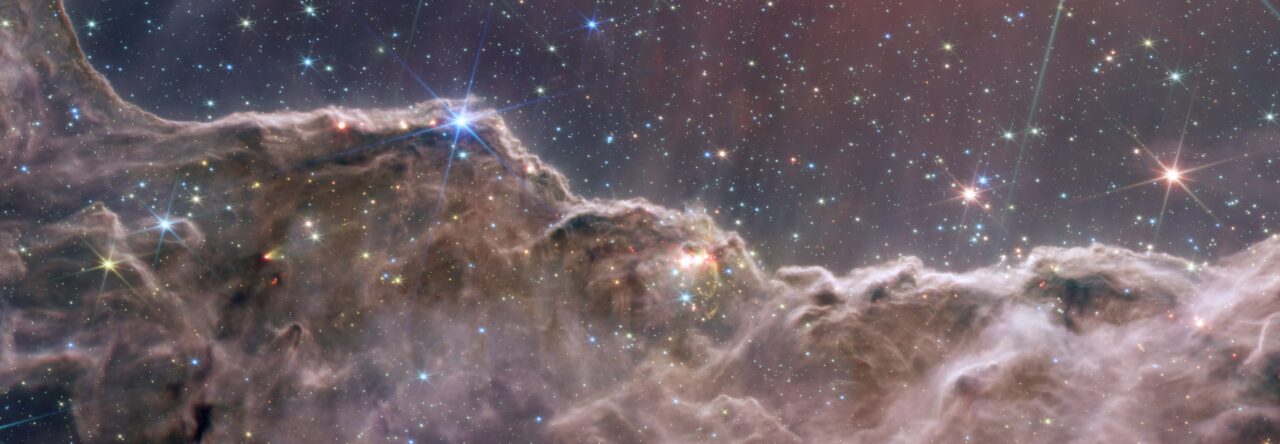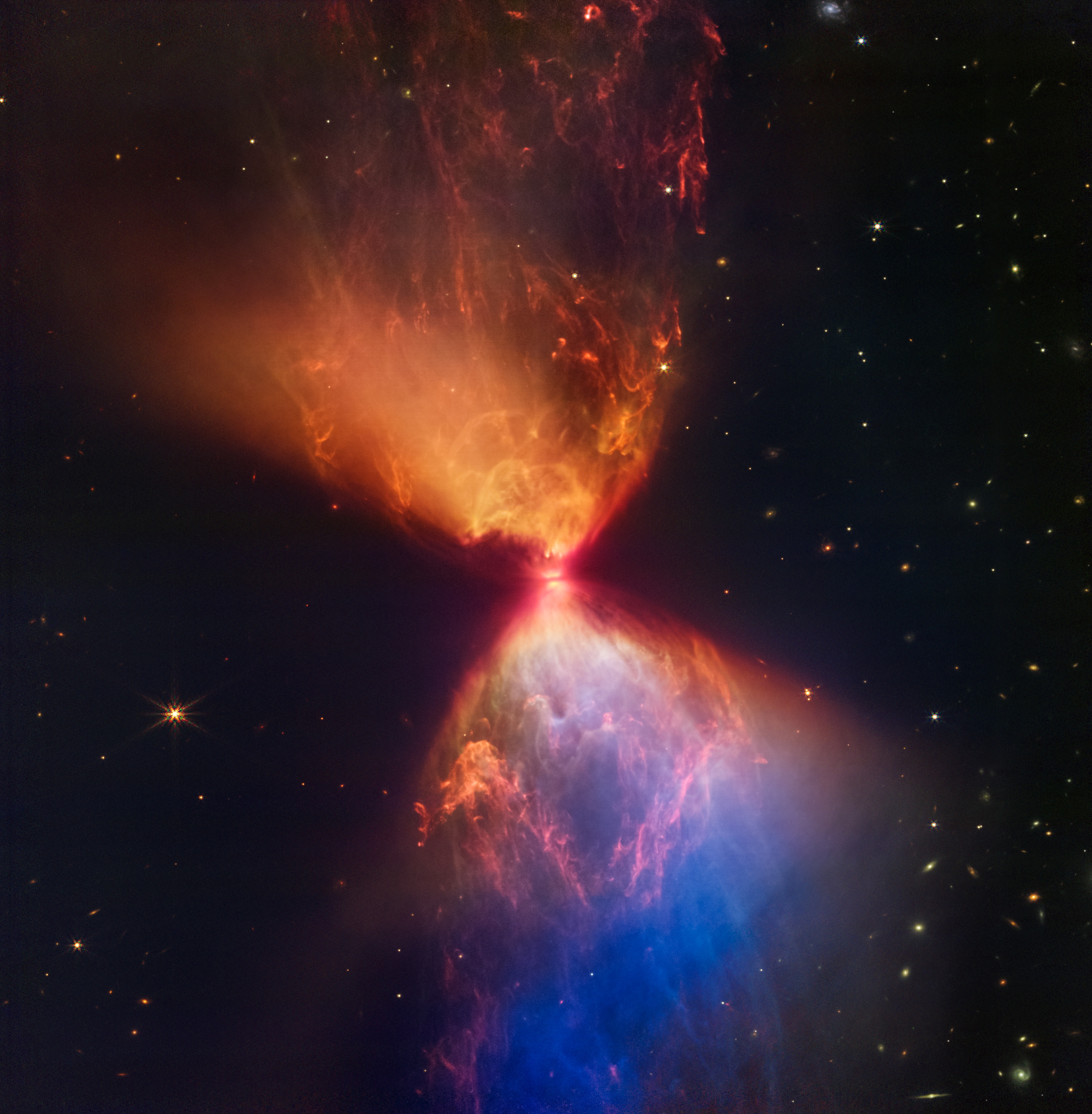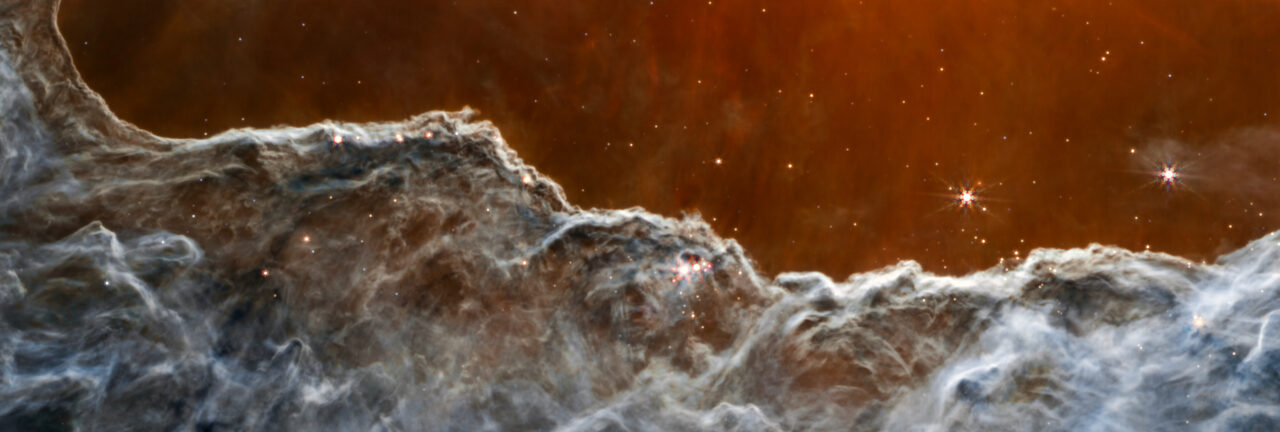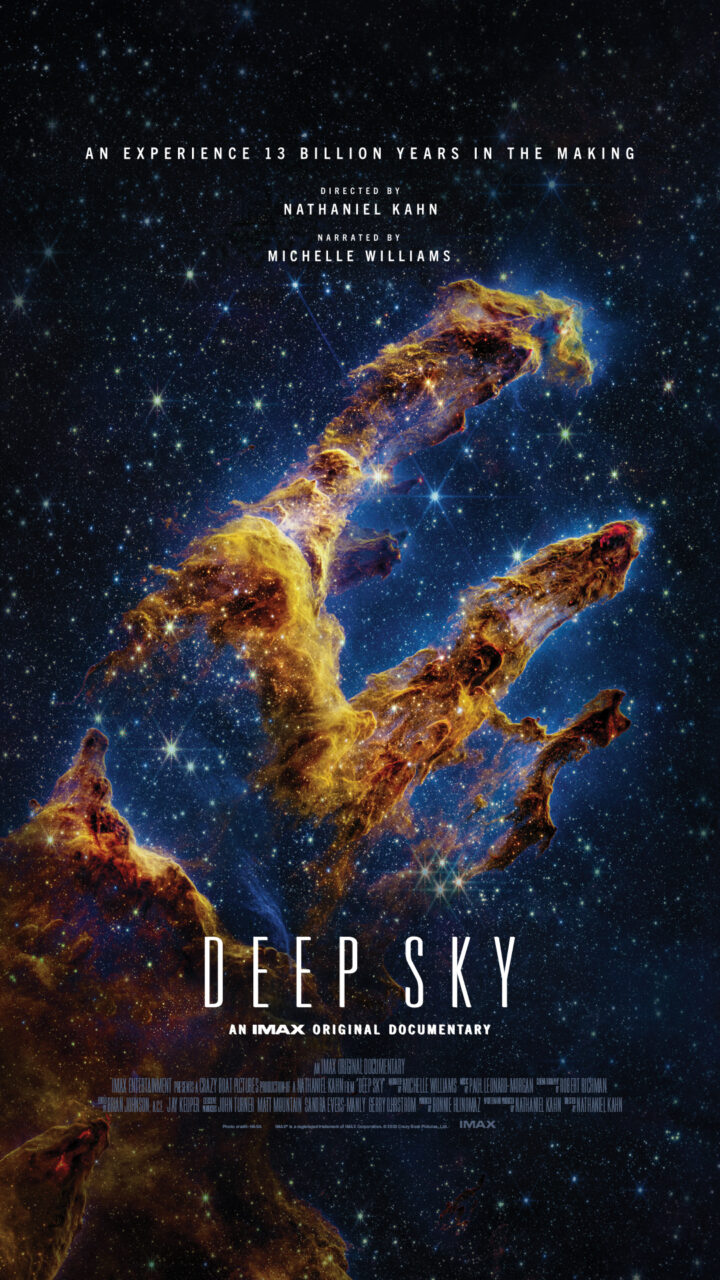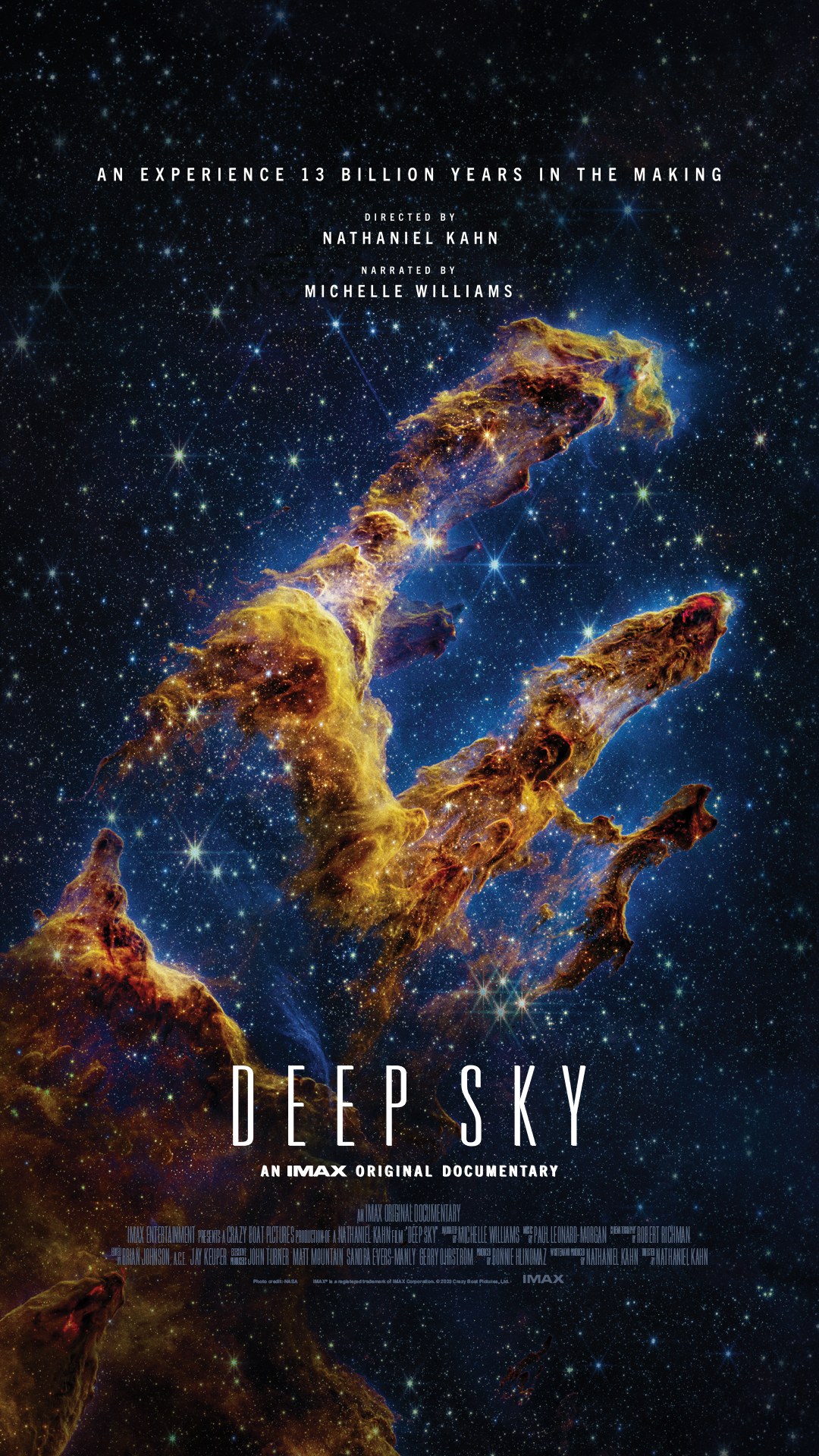Deep Sky follows the remarkable story of the scientists and engineers who helped design and launch JWST, NASA’s largest science mission ever, now orbiting the sun a million miles from Earth, helping to unravel the mysteries of our origins and, perhaps, our future.
Conceived for exclusive presentation in IMAX® theatres — Deep Sky is a cinematic journey to the stars and a voyage back in time to the birth of the universe itself. The 40 minute film immerses audiences in the stunning pictures beamed back to earth by NASA’s newest telescope, capturing their vast beauty at a scale that can only be experienced in the larger-than-life immersive image and sound quality of The IMAX Experience®.
Narrated By:
Michelle Williams
Synopsis:
Following NASA’s largest science mission ever, Deep Sky takes us along for a ride on the new Webb Telescope (JWST) as it deploys a million miles from Earth and beams back transformational images to our planet — images that reveal the beginnings of time and space and bring us closer to finding another living world out there among the stars.
Trailer:
Stills:
